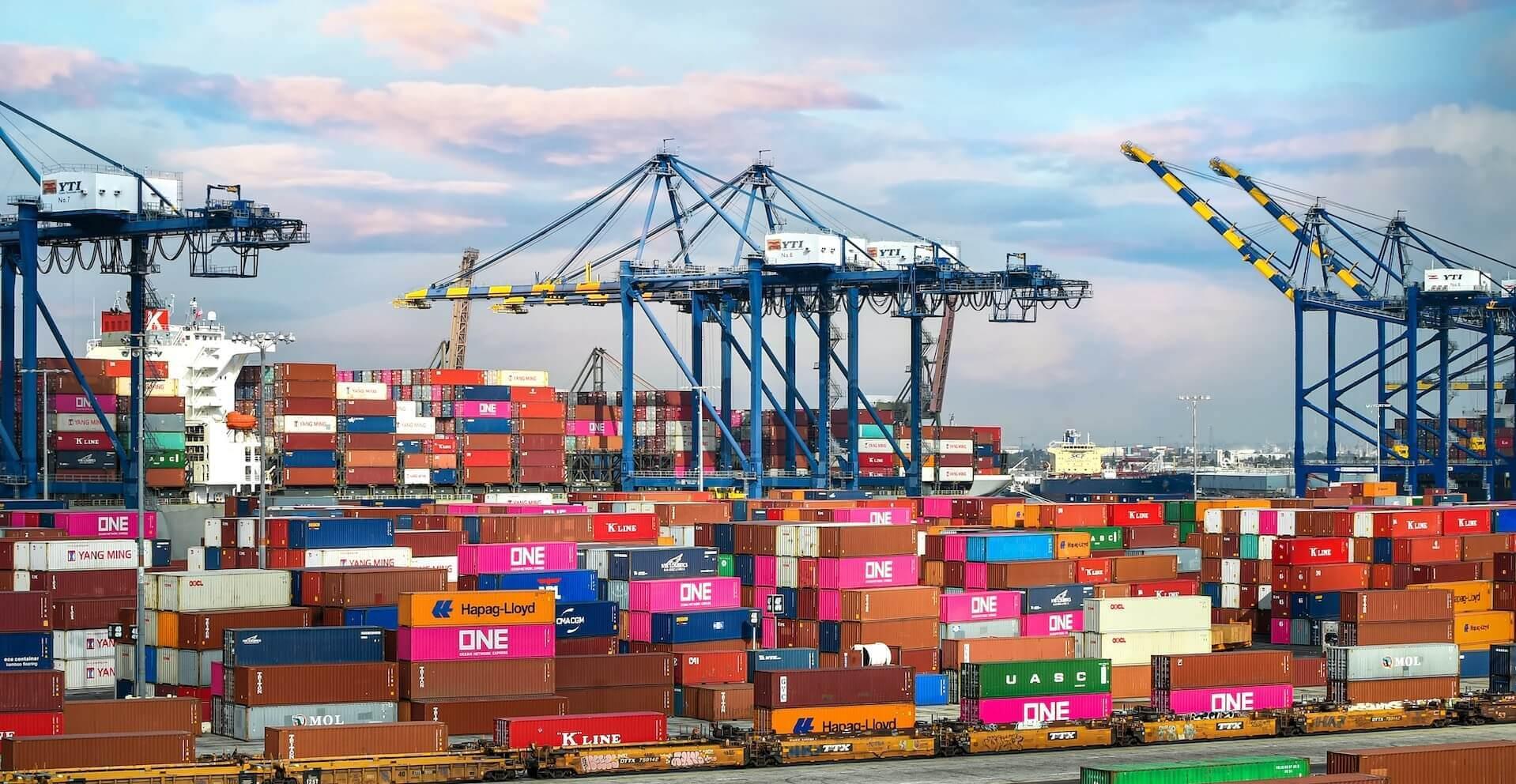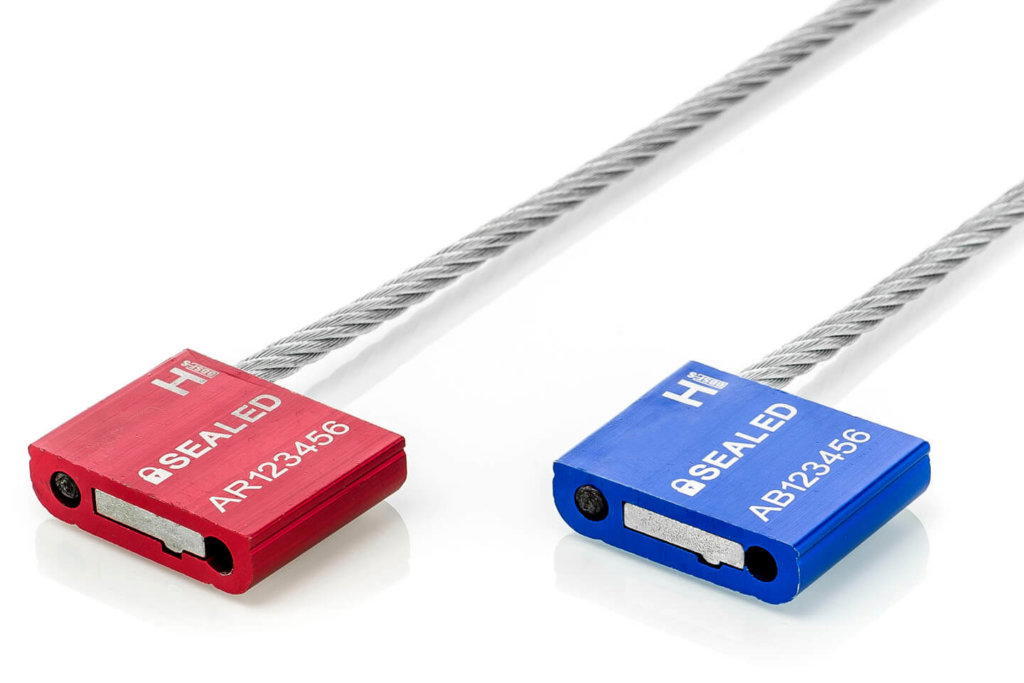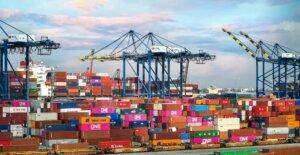Secure your shipping containers with the following measures
Shipping containers often transport valuable goods from one place in the world to another. Their content is therefore vulnerable for theft. In the US alone, cargo theft is a $15 billion to $30 billion problem. Moreover, shipping containers are used for trafficking illegal goods around the world. Securing shipping containers has therefore priority for many companies. In this blogpost we will advise how to secure containers against infringement.

Applying high security seals
Security seals are applied to detect infringement of goods and containers. High security seals also offer a layer of security to the sealed object. These seals are often made from metal and have a high breaking strength. They cannot be removed by hand and special equipment is needed to remove them.
ISO 17712 class ‘H’ (high) certified security seals are required for international transport and are also CTPAT compliant. But even if certified high security seals aren’t mandatory for transport, it is still a best practice to use them for securing shipping containers in order to increase container safety.

Hoefon Security Seals is a manufacturer of ISO 17712:2013 certified high security seals.
Applying container locks
Container locks add another, even much stronger, layer of protection to containers. Illegally removing a container lock is time-consuming and a noisy process, which does not always succeed. Due to the presence of a container lock thieves often opt for an easier target. We advise using high quality locks. Check therefore the lock’s certifications and quality assurances.

Hoefon Security Seals offers various SCM approved container locks
Applying container security devices for real-time monitoring
For moving transport advanced, electronic security devices are available on the market. Smart sensor enabled monitoring devices can continuously report the container’s location as well as an opening door or intrusion in real-time. In this way infringement is instantly detected and measures can directly be taken. Also deviations of planned routes, which can be an indication of trouble, is immediately transmitted.
Surveillance cameras and lighting
When shipping containers are located on a fixed place for a period of time, we recommend proper lighting and to strategically place cameras. Modern systems can send live footage to your smartphone, giving you real-time monitoring capabilities. Not only are criminals deterred from cargo theft, infringements are directly alerted.
Installing an alarm system
Alarm systems also function as a deterrent for thieves and alert the container’s owner in the event of an intrusion attempt. On the market there are several types of container alarm systems such as door contacts and motion detectors.
Strategic positioning
When shipping containers are stored on a fixed location for a period of time, we advise to position them strategically such that doors face a wall or obstacle, making access more challenging.
Regular Maintenance
A container in good condition is harder to break into. Regularly check for rust or wear. Treat any rust spots promptly and ensure door hinges and locks are in good working order.
Choose for a trustworthy shipping partner
Finally, we recommend to opt for a reliable shipping company for transporting your containers. In the following blogpost you can find 10 international shipping companies for reliable and efficient deliveries.
Following the advices in this article will decrease the risk that your shipping containers are subject of theft and infringement. If shipping safety is a priority for you, we recommend to read the underneath articles as well

Robert senders
Sales engineer Hoefon Security Seals
Robert Senders has been Hoefon Security Seals’ sales engineer since 2014. He has extensive experience in designing and developing various types of security seals.


